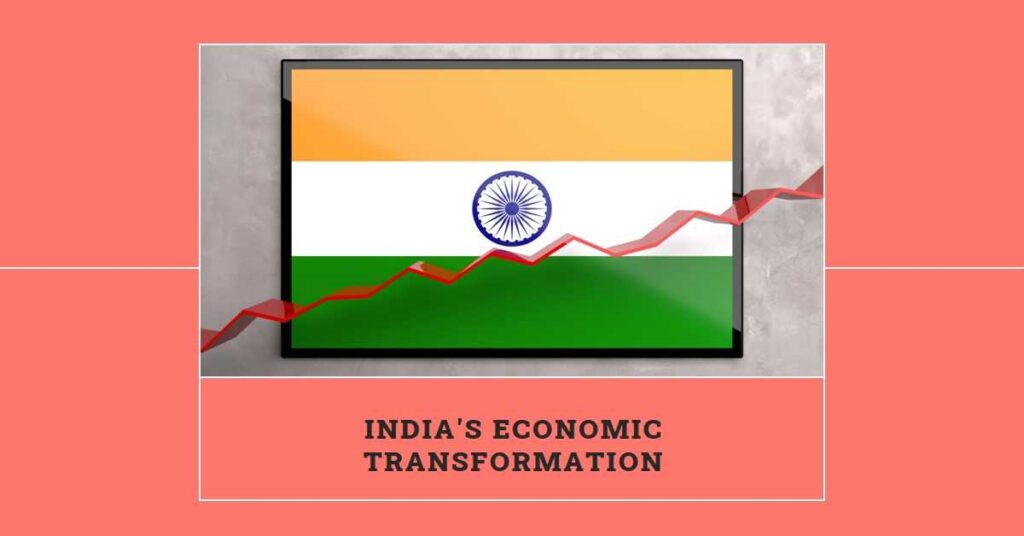
3 The Economic Transformation of India Passage for Exams
Hey There Young Champions, searching for some random but challenging 3 The Economic Transformation of India Passage for upcoming exams or practice, then your search may end here, we have collection of some tricky questions and passages for you, have look and prepare some of them.
3 The Economic Transformation of India Passage
Passage 1: India’s Economy
India is a country in South Asia, and it has a big and diverse economy. Over the years, India has seen a lot of changes in how people make money and live their lives. This is called the economic transformation of India.
Question and Answer:
Q1: What is the economic transformation of India?
A1: The economic transformation of India is the way the country’s economy has changed and grown over time.
Q2: Why is India’s economy considered diverse?
A2: India’s economy is diverse because people in the country have different ways of making money, such as farming, working in offices, or running businesses.
Q3: Can you name one change in India’s economy?
A3: One change in India’s economy is that more people are now working in jobs that involve computers and technology.
Passage 2: Goods and Services in India
In India, people not only work to earn money, but they also make and provide goods and services. Goods are things we can touch, like toys or clothes. Services are things people do for us, like teaching or fixing things. This is a big part of India’s economic story.
Question and Answer:
Q1: What are goods in India?
A1: Goods in India are things we can touch and use, like books, toys, and clothes.
Q2: Can you give an example of a service in India?
A2: Yes, teaching in schools and fixing things, like repairing a bicycle, are examples of services in India.
Q3: Why are goods and services important for India’s economy?
A3: Goods and services are important because they show how people in India contribute to making things and helping each other, which makes the country’s economy strong and diverse.
Passage 3: The Economic Transformation of India
India, a vast and diverse country, has undergone significant changes in its economy over the years. From a primarily agrarian society, it has evolved into one of the world’s fastest-growing economies. Let’s explore the economic transformation of India in simple terms.
In the earlier days, many people in India depended on farming for their livelihoods. Farmers cultivated crops, such as rice and wheat, using traditional methods. However, as time went on, things started to change. The government introduced new policies to boost industries and technology. Factories and businesses began to emerge, offering different job opportunities.
One key factor in India’s economic growth was the technology boom. The introduction of computers and the internet revolutionized how people worked and communicated. Information technology became a major player, and cities like Bengaluru became known as technology hubs. This shift not only created jobs but also connected India to the global economy.
Another important aspect of India’s economic transformation is globalization. This means that India started doing business with other countries on a larger scale. Goods and services began to flow in and out of the country more freely. This increased trade helped India’s economy grow, making it an integral part of the global economic network.
The service sector also played a crucial role. Many Indians found employment in areas like IT services, customer support, and finance. Outsourcing became a common practice, where companies from other countries sought Indian expertise. This further contributed to India’s economic development.
Despite these positive changes, challenges remain. Income inequality is one issue, meaning that not everyone benefits equally from the economic growth. The government continues to work on policies to address this concern and ensure that the benefits reach all sections of society.
In conclusion, India’s economic transformation has been a journey from an agrarian economy to a dynamic player in the global market. Technology, globalization, and the service sector have been key drivers of this change. While challenges exist, the progress made so far is remarkable.
Questions and Answers:
Q1: What was the main source of livelihood for many people in India in the past?
A1: In the past, many people in India depended on farming for their livelihoods. They cultivated crops using traditional methods.
Q2: What played a crucial role in India’s economic growth according to the passage?
A2: Technology, including the introduction of computers and the internet, played a crucial role in India’s economic growth. Information technology became a major player, connecting India to the global economy.
Q3: What is globalization, and how did it impact India’s economy?
A3: Globalization means doing business with other countries on a larger scale. It impacted India’s economy by increasing trade and making it an integral part of the global economic network.
Q4: What challenges does India face despite its economic growth?
A4: One challenge is income inequality, meaning that not everyone benefits equally from the economic growth. The government is working on policies to address this concern and ensure more equitable distribution of benefits.
Also Read: 10 Comprehension Passage for Class 3 for Exam Preparation